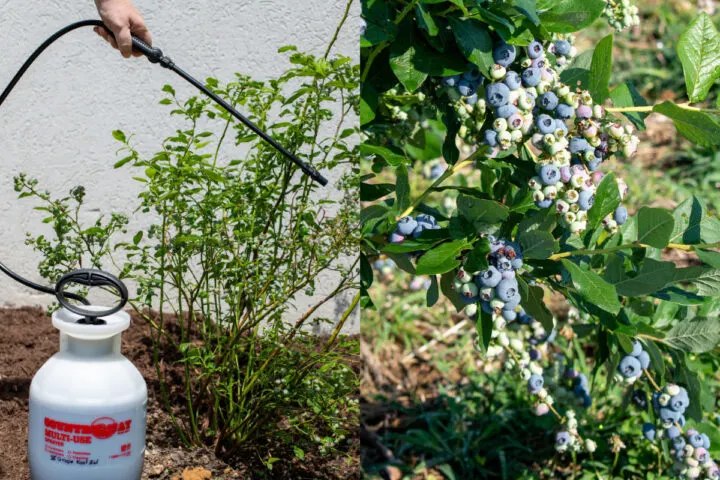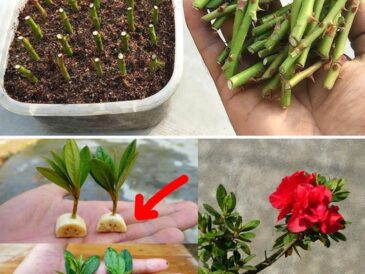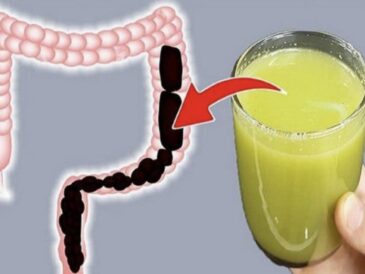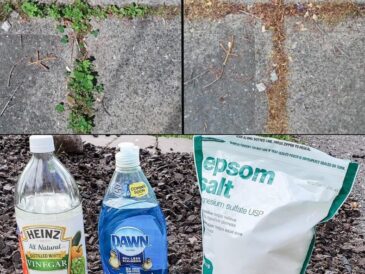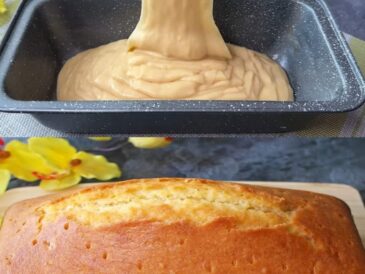Many of us find immense pleasure in attracting birds to our backyards. Watching hummingbirds flit between bee balm flowers and bluebirds diligently hunting cabbage worms creates a delightful balance of beauty and pest control. It’s no wonder we want to encourage these feathered friends!
However, this harmonious relationship hits a snag when our beloved blueberries start to ripen. The juicy, tempting berries that represent weeks of dedicated care suddenly become a target for our avian visitors. The desire to share our bounty with nature wars with the frustration of seeing our harvest disappear.
Thankfully, there are effective strategies to keep birds and your precious blueberries separate, allowing you to enjoy both the delightful birds and the sweet reward of your labor.
Understanding Bird Behavior: When to Implement Protection
Birds are primarily interested in ripe berries. They’ll largely ignore the green, unappetizing versions. Therefore, focus your efforts on protecting your blueberry bushes once the fruit starts developing a beautiful blue hue. Continue these measures until you’ve completed your harvest.
Bird Netting: The Effective (But Potentially Frustrating) Option
Bird netting is a popular choice for its effectiveness in deterring birds and other animals. However, it can be a cumbersome solution if not implemented correctly. Draping the netting directly over bushes can lead to:
- Sagging: This can damage delicate branches and make harvesting difficult.
- Snagging: The netting can snag on leaves and berries, potentially causing fruit loss.
- Bird Entanglement: Loose netting poses a risk to birds who might get caught and injured.
The Solution: Building a Frame for Success
To ensure the effectiveness and safety of bird netting, consider constructing a frame. PVC pipes and zip ties offer an affordable and easy-to-use solution. This frame allows you to stretch the netting taut, eliminating sagging and creating a secure barrier. You can find online tutorials specifically designed for building blueberry bush netting frames.
CONTINUE READING IN PAGE 2
